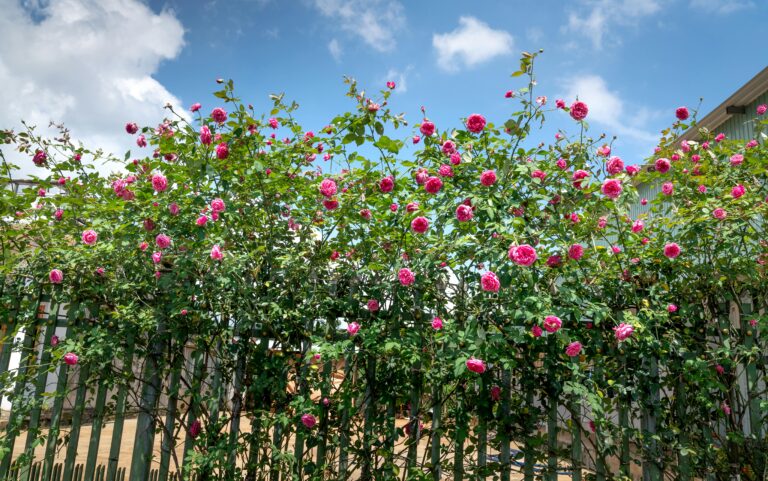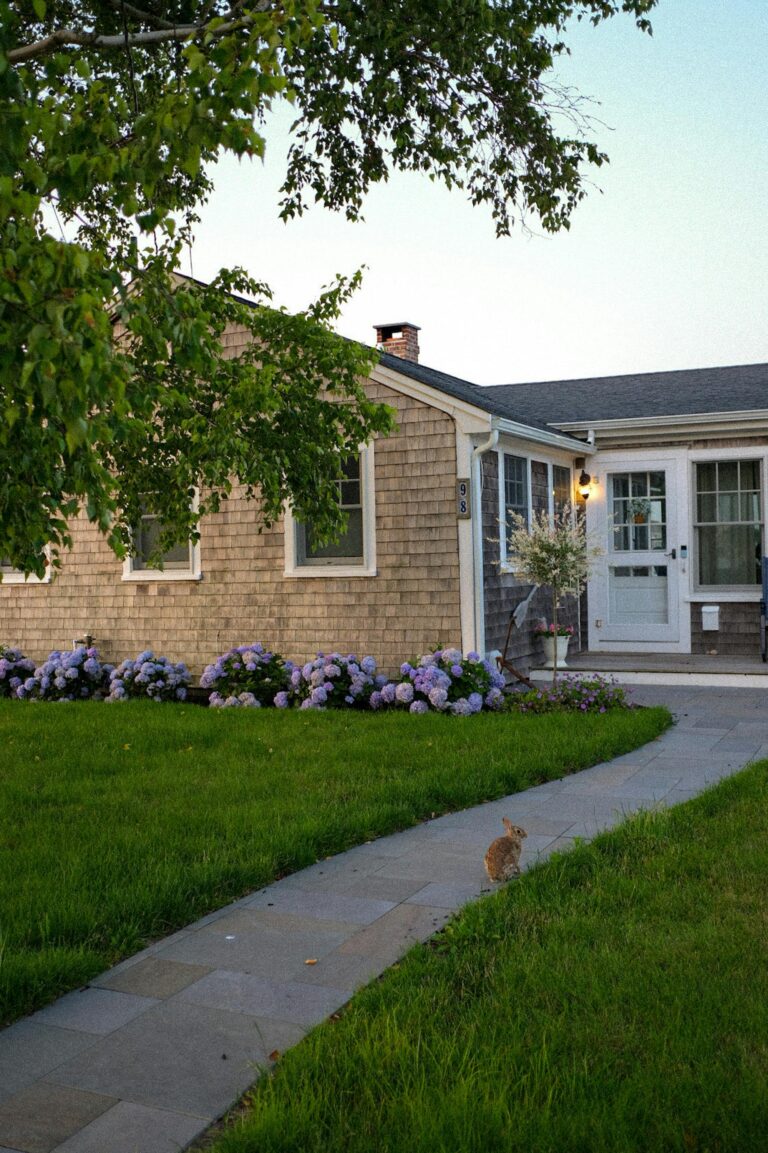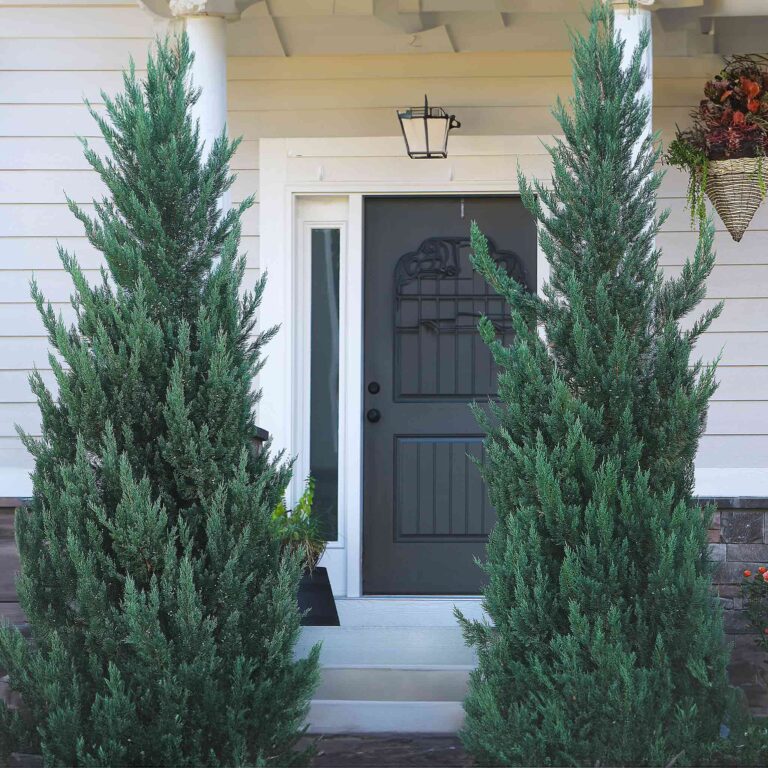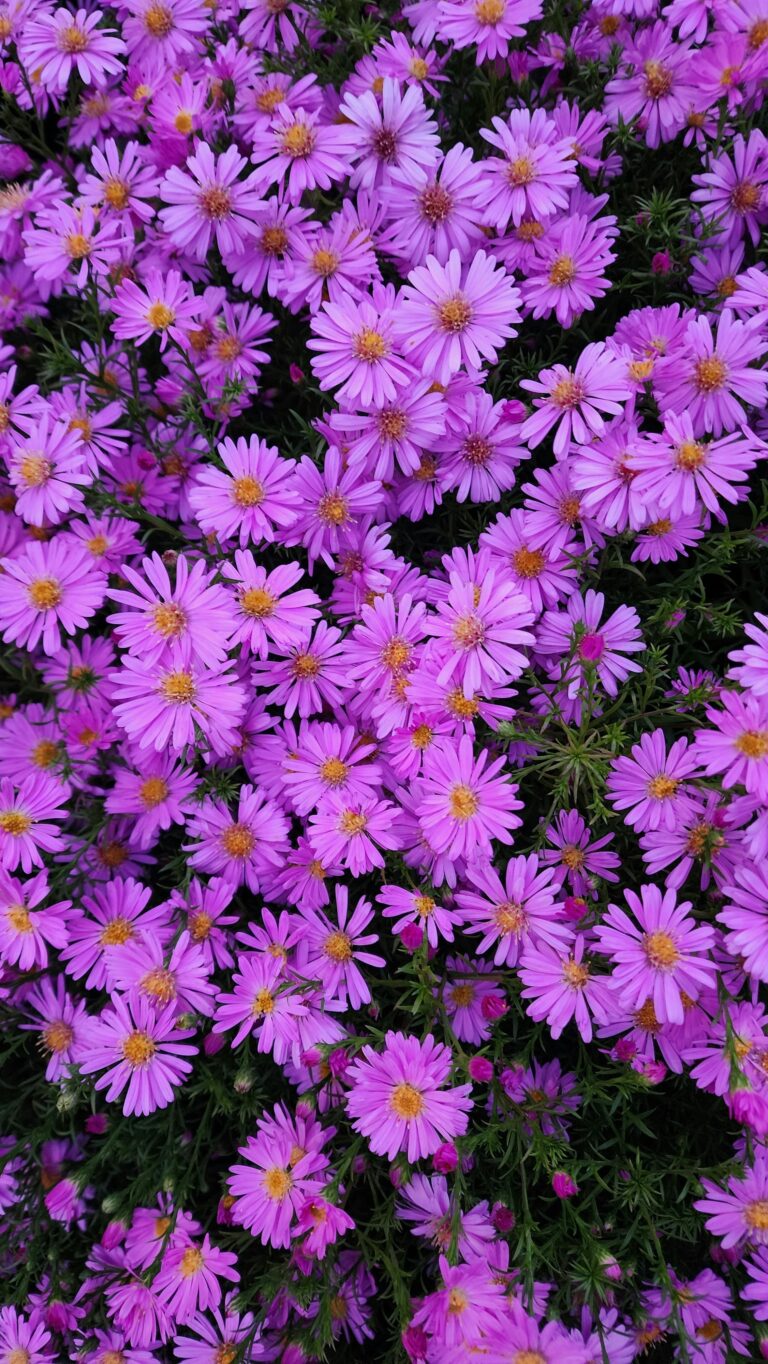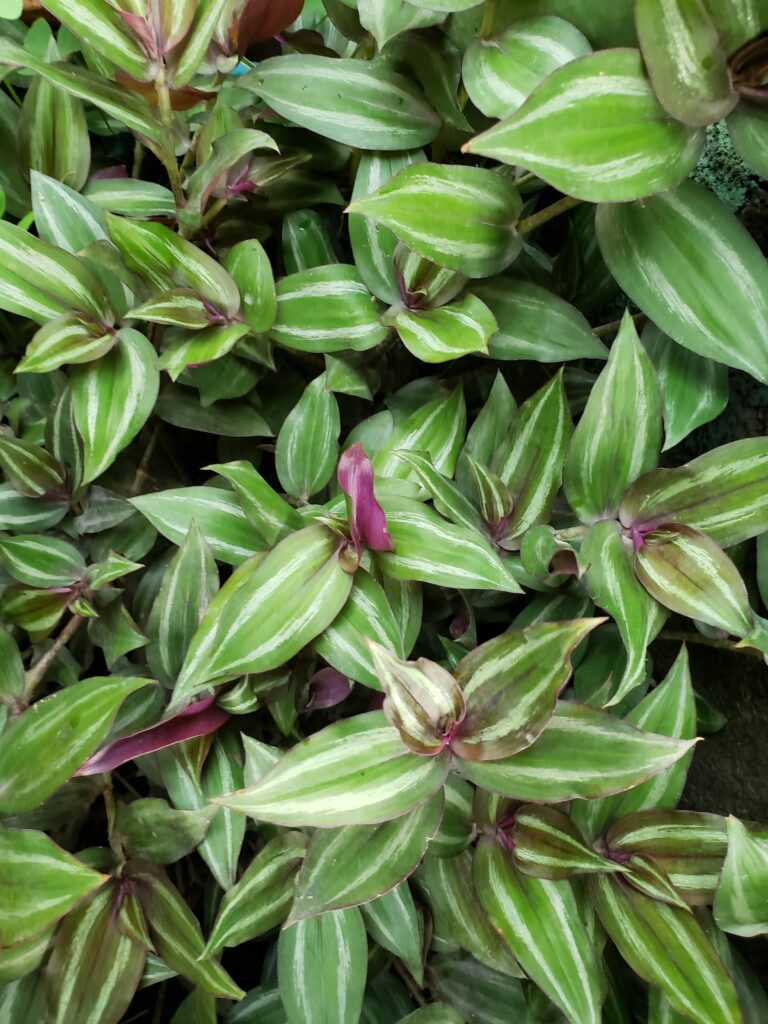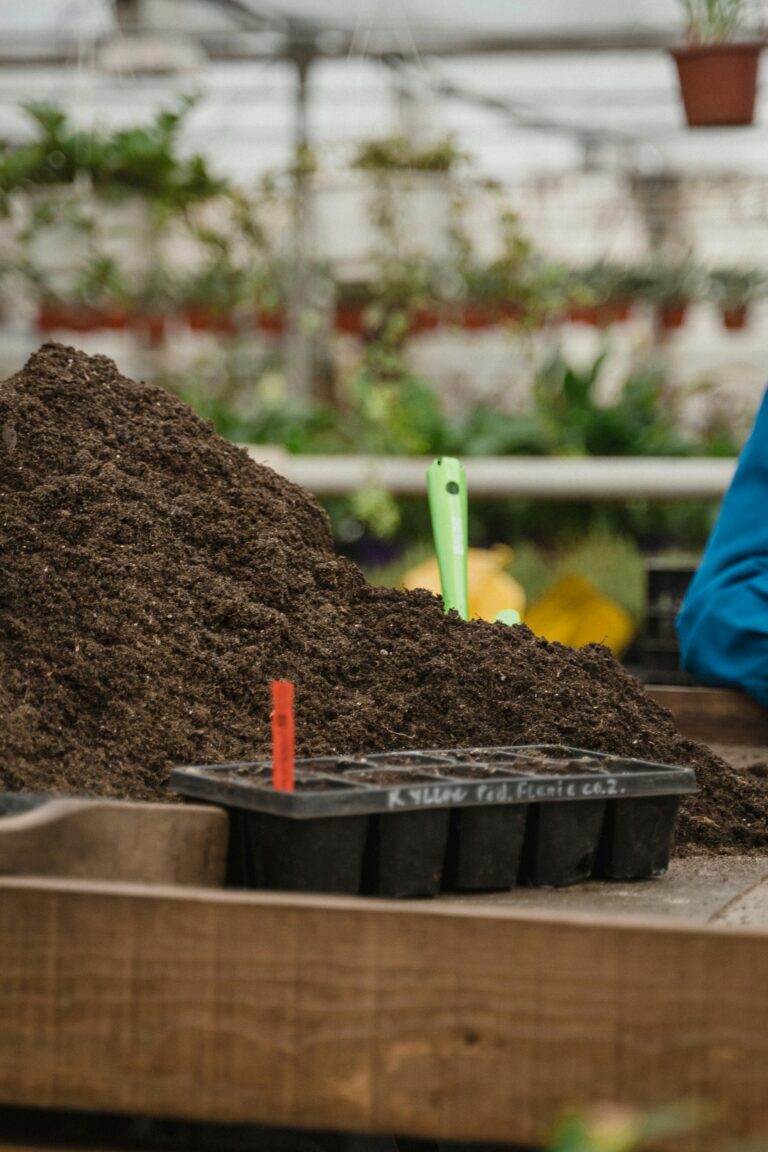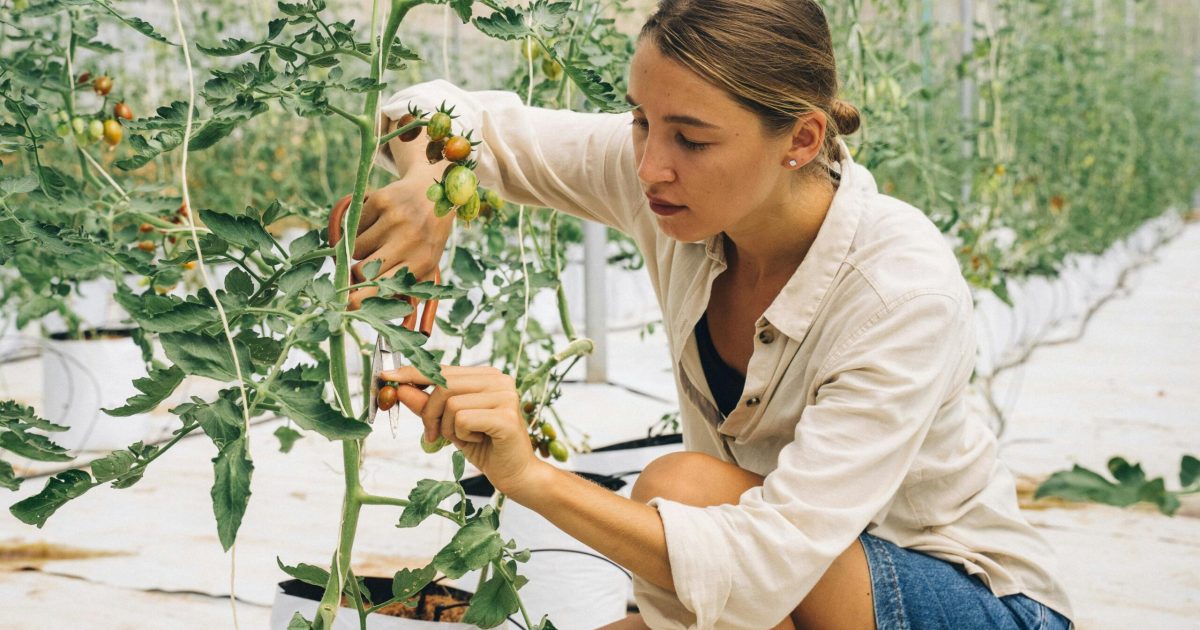
Curling Leaves on Tomato Plants: Causes and Solutions for a Healthier Harvest
If you’ve ever walked into your garden and noticed your tomato plants’ leaves curling, it can be cause for concern. These vibrant, sun-loving plants are typically a gardener’s pride, but when the leaves begin to curl, it’s often a signal that something isn’t quite right. Understanding the causes of curling leaves on tomato plants and how to address them is key to maintaining healthy plants and a bountiful harvest.
Tomato plants are surprisingly resilient, but they are sensitive to environmental stressors, nutrient imbalances, and pests. Leaf curl, in particular, is often a symptom rather than the problem itself. The good news? Once you diagnose the cause, you can usually take corrective action to help your plants bounce back.
What Causes Curling Leaves on Tomato Plants?
Leaf curling can happen for a variety of reasons, and the appearance of the leaves can offer clues as to what might be wrong. Here are some of the most common causes of leaf curl in tomato plants and how to address them:
1. Environmental Stress: Too Much Sun or Heat
Tomato plants love sunlight, but too much of a good thing can lead to leaf curl. During periods of intense heat or strong sunlight, the leaves may curl inward as a defense mechanism to reduce water loss. This type of curling is often temporary, and the plant will return to normal once the temperatures drop.
- Solution: To prevent heat stress, try providing shade during the hottest parts of the day, especially if your plants are young. Mulching around the base of the plants can also help retain moisture and regulate soil temperature.
2. Inconsistent Watering
Tomatoes are thirsty plants, but they don’t like to be overwatered. Inconsistent watering—alternating between too much and too little—can stress the plant and lead to physiological leaf curl. When the roots don’t receive consistent moisture, the plant struggles to maintain proper hydration, causing the leaves to curl as they attempt to conserve water.
- Solution: Establish a regular watering schedule, ensuring the soil stays evenly moist but not soggy. Deep watering once or twice a week is better than shallow, frequent watering. Using a drip irrigation system can also help maintain consistency.
3. Nutrient Imbalance
Tomato plants need a delicate balance of nutrients to thrive, and when they’re out of whack, it can cause problems like leaf curl. Too much nitrogen, for example, can lead to rapid, lush foliage growth, which makes the leaves curl and roll. On the flip side, a lack of calcium can lead to weak cell structures, making leaves twist and deform.
- Solution: Test your soil to identify any nutrient imbalances. If nitrogen is too high, reduce the use of high-nitrogen fertilizers and switch to a balanced or tomato-specific fertilizer. If calcium is deficient, you can add lime or gypsum to your soil or use a calcium-rich foliar spray.
4. Pests and Disease
Pests like aphids, whiteflies, and spider mites can wreak havoc on tomato plants, often leading to leaf curl. These insects feed on the sap of the plant, damaging the leaves and causing them to curl, wilt, or turn yellow. Viral diseases, such as tomato yellow leaf curl virus (TYLCV), can also lead to curled, stunted leaves.
- Solution: Inspect your plants regularly for pests, especially on the undersides of leaves where they like to hide. If you spot pests, treat the plants with insecticidal soap or neem oil. For viral infections, remove and destroy infected plants to prevent the spread of the disease.
5. Herbicide Drift
If you live near agricultural areas or use herbicides in your garden, herbicide drift could be a cause of curling leaves. Tomatoes are especially sensitive to herbicides like glyphosate, which can be carried by the wind from nearby applications and affect your plants.
- Solution: Avoid using herbicides near your tomato plants and be mindful of nearby treatments. If you suspect herbicide damage, there’s little you can do except wait for new, healthy growth to emerge, though severely affected plants may need to be removed.
How to Prevent Curling Leaves on Tomato Plants
While some causes of leaf curl are out of your control, many can be prevented with proactive care and attention. Here are some tips to help you prevent curling leaves and keep your tomato plants healthy:
Choose the Right Location: Plant tomatoes in an area that gets plenty of sunlight but also has some protection from intense midday heat, especially in hotter climates.
Monitor Soil Moisture: Keep an eye on the moisture levels in your soil, and water deeply but infrequently to promote strong root growth. Adding mulch can help retain moisture and keep the roots cool.
Feed Your Plants Regularly: Use a balanced fertilizer throughout the growing season, and make sure your soil has the nutrients your plants need, especially calcium and potassium.
Inspect for Pests: Regularly check your plants for signs of insect activity, and act quickly if you spot any unwelcome visitors.
Practice Crop Rotation: Avoid planting tomatoes in the same spot year after year to reduce the risk of soil-borne diseases and nutrient depletion.
When to Worry About Curling Leaves
In most cases, leaf curl is temporary and doesn’t severely affect the health of your plants or the quality of your harvest. If the curling is mild and the plant seems otherwise healthy—producing flowers and fruit—it’s likely a response to environmental factors that will resolve on its own.
However, if you notice other troubling symptoms like yellowing leaves, stunted growth, or a lack of fruit production, it’s important to take a closer look. Severe leaf curl, especially when accompanied by other signs of distress, could indicate a more serious issue that needs immediate attention.
Conclusion: A Little Curl is Nothing to Fear
While curling leaves on tomato plants can be alarming, it’s often just the plant’s way of coping with stress. By understanding the causes and taking preventive measures, you can keep your tomato plants healthy and thriving all season long.
The key is to observe your plants closely and respond to their needs. With the right care—consistent watering, balanced nutrition, and pest management—you’ll soon have a garden full of lush, vibrant tomato plants producing a bountiful harvest of juicy, flavorful fruit. And remember, every curl is an opportunity to learn more about the intricate needs of your plants and become a better gardener.

